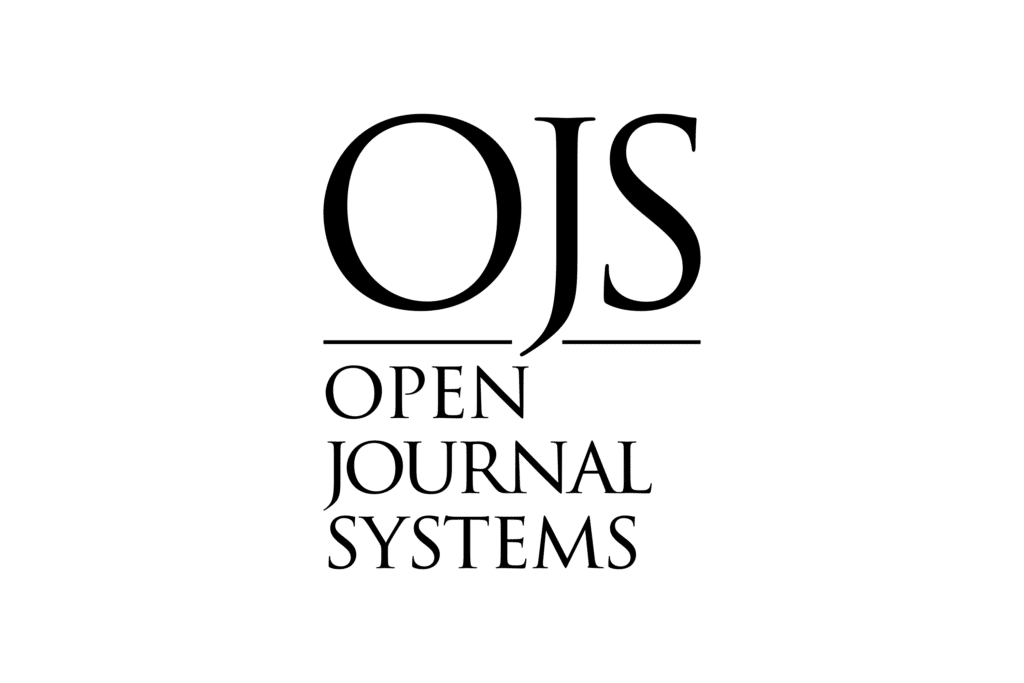Involvement of the brain reward system in harmful situations
pleasure in suffering
DOI:
https://doi.org/10.52579/diapi.vol5.i2.a19600Keywords:
Neurochemistry, Motivation, NeuroanatomyAbstract
Introduction: This study represents a literature review on the participation of the brain reward system in harmful situations. Objective: The study aimed to analyze and examine the scientific literature regarding the involvement of the reward system in behaviors that generate suffering, highlighting the neurobiological influences in the process and identifying the brain structures in which dopamine plays a part. Method: This is a descriptive and qualitative literature narrative review conducted by cross-referencing the following descriptors: Neurochemistry AND Motivation; Neuroquímica AND Motivação; Neuroanatomy AND Motivation, applied in the Bvs and PubMed databases. Results: Based on the considered studies, significant neurological influences in the motivational process were observed. The brain regions with the highest involvement were identified as the nucleus accumbens followed by the shell regions of the nucleus accumbens, basolateral amygdala, prefrontal cortex, and hypothalamus, along with other areas such as the mesencephalon, anterior cingulate cortex, ventral striatum, amygdala, and ventral tegmental area. Furthermore, neurochemical substances involved in the motivation process were found, with emphasis on glutamate, dopamine, and mesolimbic dopamine. Conclusion: Through the articles included in the sample, it was observed that dopamine and the reward system play a role in behaviors of suffering or harm when associated with goal attainment. In other words, these behaviors are maintained, even if harmful, when there is an interpretation that there will be future gain to some degree and intensity. This finding supports the initial hypothesis of the article for possible confirmation.
Downloads
References
Baldo, B. A., Pratt, W. E., Will, M. J., Hanlon, E. C., Bakshi, V. P., & Cador, M. (2013). Principles of motivation revealed by the diverse functions of neuropharmacological and neuroanatomical substrates underlying feeding behavior. Neuroscience and biobehavioral reviews, 37(9 Pt A), 1985–1998. https://doi.org/10.1016/j.neubiorev.2013.02.017.
Beck, J. S. (2013). Terapia Cognitivo-Comportamental: Teoria e Prática (2 ed.). Porto Alegre: Artmed.
Davidoff, L. L. (2000). Introdução à Psicologia (3 ed.). São Paulo: Pearson Universidades.
Fluentes, D., Malloy-Diniz, L. F., Camargo, C. H. P., Cosenza, R. M. (2014). Neuropsicologia: teoria e prática (2 ed.). Porto Alegre, RS: Artmed.
Galtress, T., Marshall, A. T., & Kirkpatrick, K. (2012). Motivation and timing: clues for modeling the reward system. Behavioural processes, 90(1), 142–153. https://doi.org/10.1016/j.beproc.2012.02.014.
Ikemoto, S., & Panksepp, J. (1999). The role of nucleus accumbens dopamine in motivated behavior: a unifying interpretation with special reference to reward-seeking. Brain research. Brain research reviews, 31(1), 6–41. https://doi.org/10.1016/s0165-0173(99)00023-5.
Klein, M. O., Battagello, D. S., Cardoso, A. R., Hauser, D. N., Bittencourt, J. C., & Correa, R. G. (2019). Dopamine: Functions, Signaling, and Association with Neurological Diseases. Cellular and molecular neurobiology, 39(1), 31–59. https://doi.org/10.1007/s10571-018-0632-3.
Milienne-Petiot, M., Kesby, J. P., Graves, M., van Enkhuizen, J., Semenova, S., Minassian, A., Markou, A., Geyer, M. A., & Young, J. W. (2017). The effects of reduced dopamine transporter function and chronic lithium on motivation, probabilistic learning, and neurochemistry in mice: Modeling bipolar mania. Neuropharmacology, 113(Pt A), 260–270. https://doi.org/10.1016/j.neuropharm.2016.07.030.
Morales, I., Font, L., Currie, P. J., & Pastor, R. (2016). Involvement of opioid signaling in food preference and motivation: Studies in laboratory animals. Progress in brain research, 229, 159–187. https://doi.org/10.1016/bs.pbr.2016.06.002.
Robbins, S. P., Judge, T. A. & Sobral, F. (2010). Comportamento Organizacional: Teoria e Prática no Contexto Brasileiro (14 ed.). São Paulo, SP: Pearson Universidades.
Rother, E. T. (2007). Revisão Sistemática x Revisão Narrativa. Editorial (20. 2ed. 1-2). Acta paul. Enferm.
Salamone, J. D., Correa, M., Ferrigno, S., Yang, J. H., Rotolo, R. A., & Presby, R. E. (2018). The Psychopharmacology of Effort-Related Decision Making: Dopamine, Adenosine, and Insights into the Neurochemistry of Motivation. Pharmacological reviews, 70(4), 747–762. https://doi.org/10.1124/pr.117.015107.
Suárez, G. M. (2018). Sistema de Recompensa del Cerebro y Neuronas del placer (Trabajo Fin de Grado). Universidad de Servilla, Sevilla, ES.
Ullsperger, M., Danielmeier, C., & Jocham, G. (2014). Neurophysiology of performance monitoring and adaptive behavior. Physiological reviews, 94(1), 35–79. https://doi.org/10.1152/physrev.00041.2012.
Vestlund, J., Bergquist, F., Licheri, V., Adermark, L., & Jerlhag, E. (2021). Activation of glucagon-like peptide-1 receptors and skilled reach foraging. Addiction biology, 26(3), e12953. https://doi.org/10.1111/adb.12953.
Wakabayashi, K. T., Myal, S. E., & Kiyatkin, E. A. (2015). Fluctuations in nucleus accumbens extracellular glutamate and glucose during motivated glucose-drinking behavior: dissecting the neurochemistry of reward. Journal of neurochemistry, 132(3), 327–341. https://doi.org/10.1111/jnc.12993.
Wassum, K. M., & Phillips, P. E. (2015). Probing the neurochemical correlates of motivation and decision making. ACS chemical neuroscience, 6(1), 11–13. https://doi.org/10.1021/cn500322y.
Zahn, R., de Oliveira-Souza, R., & Moll, J. (2020). Moral Motivation and the Basal Forebrain. Neuroscience and biobehavioral reviews, 108, 207–217. https://doi.org/10.1016/j.neubiorev.2019.10.022.
Zorrilla, E. P., & Koob, G. F. (2013). Amygdalostriatal projections in the neurocircuitry for motivation: a neuroanatomical thread through the career of Ann Kelley. Neuroscience and biobehavioral reviews, 37(9 Pt A), 1932–1945. https://doi.org/10.1016/j.neubiorev.2012.11.019
Downloads
Published
How to Cite
Issue
Section
License
Copyright (c) 2024 Emanuel Santos de Araujo Filho, Helle Nice Terrivel, Taynara dos Santos Domingues, Larissa de Oliveira Ribeiro

This work is licensed under a Creative Commons Attribution-ShareAlike 4.0 International License.
Direitos Autorais
A submissão de originais para a Diálogos e Perspectivas Interventivas (DIAPI) implica na transferência, pelas(os) autoras(es), dos direitos de publicação. Os direitos autorais para os manuscritos publicados nesta revista são das(os) autoras(es), com direitos da DIAPI sobre a primeira publicação. As(os) autoras(es) somente poderão utilizar os mesmos resultados em outras publicações indicando explicitamente a DIAPI como o meio da publicação original.
Licença Creative Commons
Exceto onde especificado diferentemente, aplicam-se à matéria publicada nesta revista científica os termos da licença Creative Commons Attribution-ShareAlike 4.0 International License, que permite o uso irrestrito, a distribuição e a reprodução em qualquer meio desde que a publicação original seja corretamente citada.













 Esta obra está licenciada com uma Licença
Esta obra está licenciada com uma Licença 